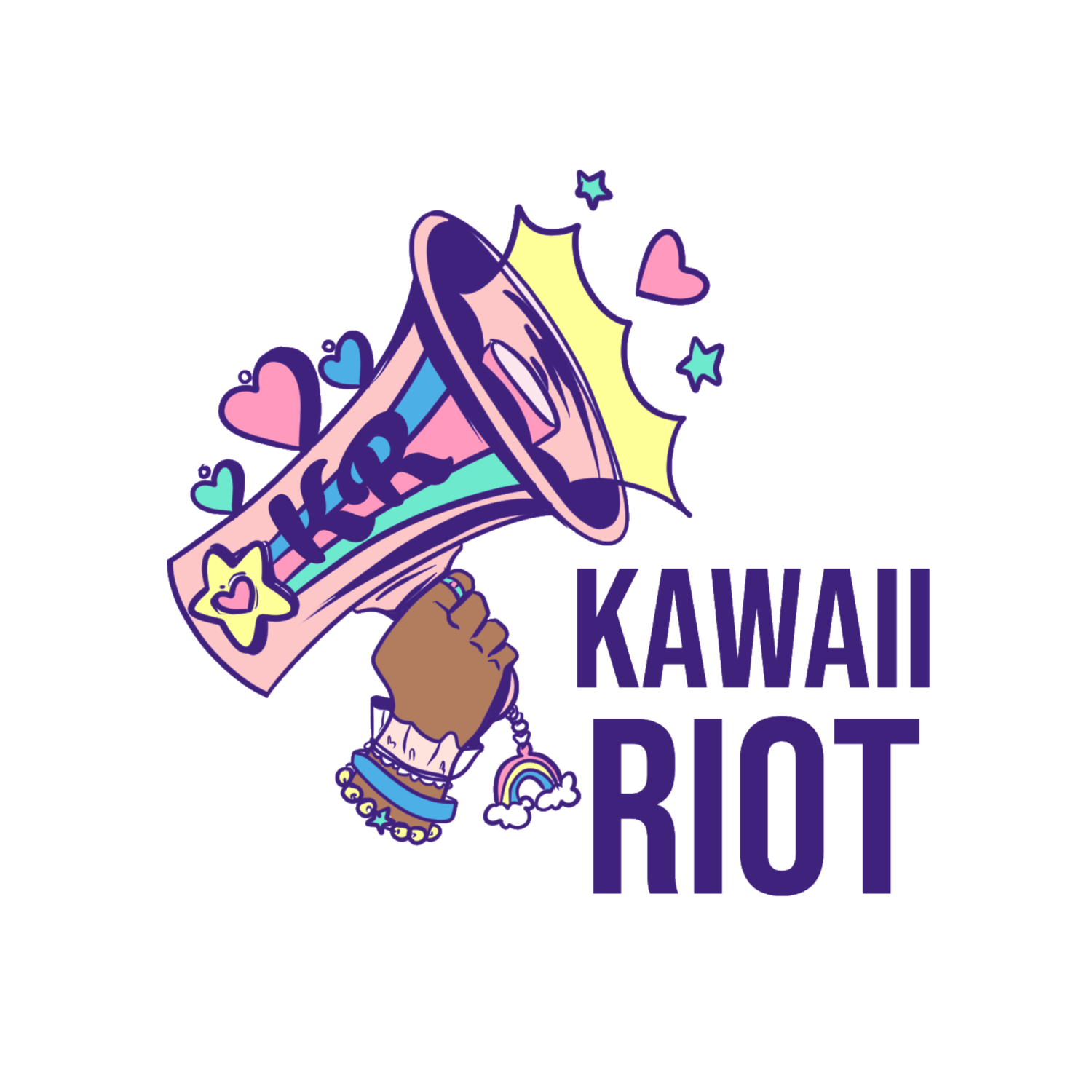Colorism in J-Fashion
Colorism: Discrimination and/or prejudice against those with a dark skin tone while treating the lighter skin tone better among people of the same race.
The J-fashion community has always been a beautiful group of diverse individuals. There are various sub-styles: Lolita fashion, Fairy Kei, Visual Kei, Decora, Gothic, Punk.
The space is usually dominated by people who have a lighter skin tone. It’s not SUPER rare to see someone who is South Asian, Black, or any other type of POC in the fashion, but it's much harder to garner attention on platforms such as Instagram. As someone who has lighter skin, it took me a while to notice these things. It took a while for me to see these things as a systemic problem until I realized that I got extremely excited whenever Black lolita posted a look with their natural hair. It was like seeing a rare Pokemon.
But why?
Up until 2019, I didn’t know that there were many POC and Black lolitas. The sight of lolitas wearing hijabs, having darker skin, or using wheelchairs was rare.
POC and dark-skinned alt fashionistas shouldn’t have the catch rate of a Dragonite (which is only 4%). Certain algorithms have a pretty bad spawn rate too soooooo. WHY FOR THE LOVE OF SWEETS IS IT SO HARD TO SEE MORE POC alt FASHION PEOPLE?!? I shouldn’t need an ARM-y to hunt and find POC kawaii fashionistas.
(Trust me I’ve had surgery on my arm and that isn’t helping either.)
Colorism is like the small child of racism but it's a little sneakier about how it chooses to present itself.
You’re now hearing diverse voices heard from the distance in the J-fashion community!
“I’m black, yes, but I’m also half white. That means I have lighter skin and my hair and facial features are closer to the White, European beauty standard. While this doesn’t fully insulate me from racism, it means I don’t experience the worst of it due to colorism and my own proximity to whiteness.” -Purestmaiden
“There's a lack of black people in J-fashion and Goth spaces, [and] there's even a further lack of visible, dark-skinned people within these communities. I've seen a lot of lists and posts circulating with influencers or accounts to follow and, I just... don't see darker people as often on them. So why not? Where are we? Why aren't we as visible? Do dark-skinned people feel unwelcomed? Are we not as encouraged? Are dark-skinned people just ignored? Is it all of these things?”-Shojovicious
“So in #lolitafashion even as a #blacklolita [...] I've seen friends in this fashion be othered if they were not in line with what was "acceptable." That is not ok, it's more than apparent. All the more reason for working towards dismantling this hierarchy of who gets visibility and praise and who doesn't.” -Dixmacabre
These melaninated fashionistas bring up valid points that I never thought to consider up until recently. I always believed the notion that Black POC didn’t like the aesthetics much. - I was always told, “Black people don’t do stuff like that.” It’s something I believed because it’s also perpetuated within the black communities that I was in (I.E. church people and regular university social groups).
It’s time to stop perpetuating the idea that POC groups need to be confined to certain interests that traditionally fit us. It’s okay for us to like alternate fashions that come from Japan, Korea, or any other nation. The same applies to lighter-skinned fashionistas who participate in predominantly black fashions.
It’s a start to a long and difficult conversation that must be had about the issues society views as taboo, especially when it comes to issues like colorism.
In essence, it discounts the right dark-skinned POC fashionistas to participate in J-fashion groups solely because of their complexion.
It’s time to combat our bias. Even I have to combat my built-in biases. I’m a light-skinned Black and Japanese woman. I have a certain level of privilege and responsibility to uplift the voices of those who have smaller platforms because of their highly melanated skin color.
Additional Resources to Learn From:
Here are some additional reading resources that you can use to enrich your Pokedex…
Read: Don't Play in the Sun: One Woman's Journey Through the Color Complex by Marita Golden
Check Out: The Roots of Colorism, or Skin Tone Discrimination






